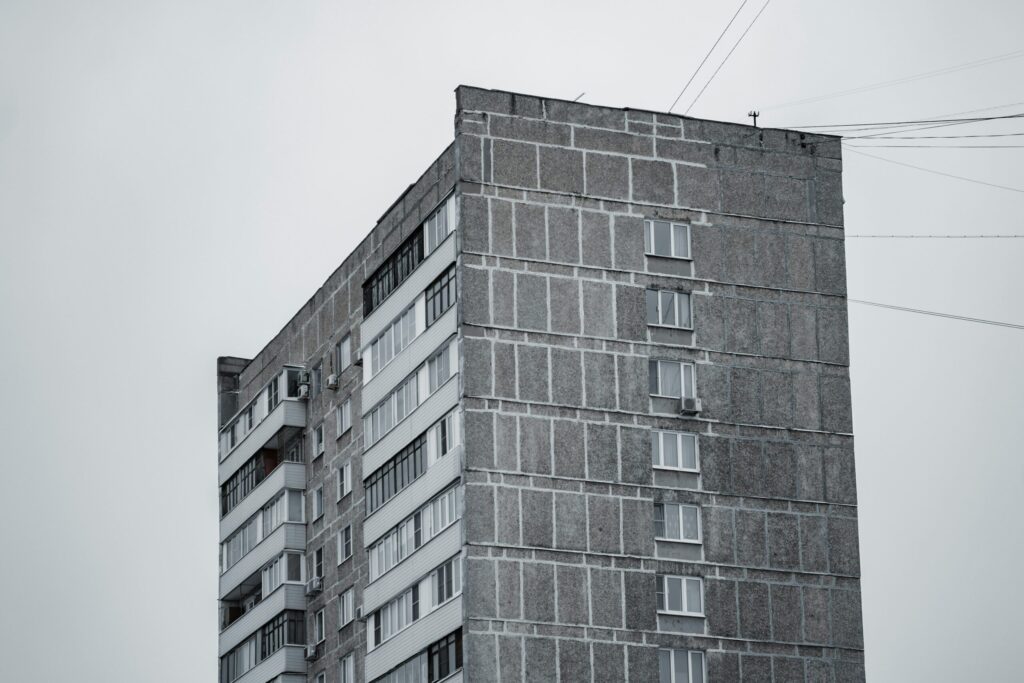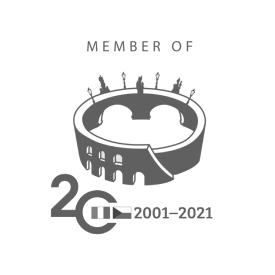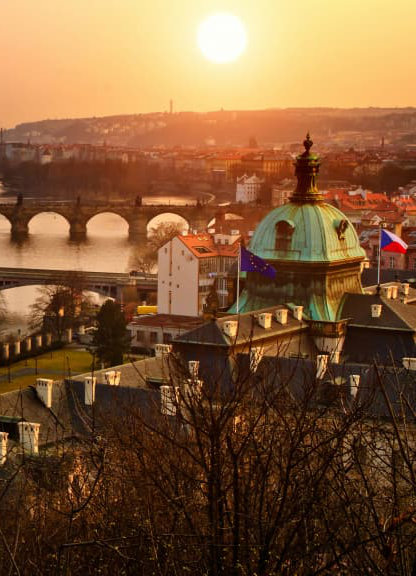
SEVENTY YEARS OF PANELÁKY: THE CONCRETE LEGACY OF SOCIALIST CZECHOSLOVAKIA
On July 1, 1955, in the Prague district of Ďáblice, the first panelák in Czechoslovak history was inaugurated: the Prefa 771. This prefabricated reinforced concrete building, designed by architect Miloslav Wimmer who also chose to live in it marked the beginning of a new housing era in the country. After World War II, Czechoslovakia faced a dramatic housing shortage. In this context, the adoption of prefabrication emerged as both a pragmatic solution and one ideologically aligned with Communist ideals. Serial architecture, devoid of individual aesthetics, was seen as a tool for social equality providing dignified, uniform homes to all citizens, erasing class distinctions through standardized and identical living spaces.
A Construction Revolution: Quantity Over Quality
Between 1959 and 1995, more than a million panelák apartments were built across the Czech and Slovak lands. Some developments, such as Jižní Město in Prague or Petržalka in Bratislava, became true satellite cities capable of housing tens of thousands of people. Although figures like Václav Havel famously referred to them as “rabbit pens,” these apartments often represented a marked improvement over previous living conditions: running water, central heating, and better natural lighting. However, the functionalist ambition often pushed the limits of livability. As vividly portrayed in Věra Chytilová’s 1979 tragicomedy Prefab Story, the utopian dream frequently gave way to bleak and alienating realities dominated by concrete and urban anonymity.
Survival and Transformation After 1989
Following the fall of the Communist regime, many predicted that paneláky would be abandoned or demolished. Instead, these structures have proven surprisingly resilient. Roughly one-third of the Czech population about 3 million people still live in prefab apartments. In cities like Prague, Brno, and Ostrava, panelák districts have not disappeared but have gradually evolved. Their once-dreary walls now feature colorful murals, street art, and architectural renovations. These buildings are no longer mere relics of the past; they are subjects of contemporary storytelling even through social media and newly released video games that reimagine the aesthetic and atmosphere of real socialism.
A Concrete Answer to the Current Housing Crisis
In today’s context of an escalating housing crisis and rising real estate prices, paneláky have regained a central role in the housing market. A standard 70-square-meter flat in a panelák costs around CZK 6.6 million less than brick buildings or new constructions and often sells more quickly due to its affordability and relatively generous size. Internal renovations featuring minimalist and modern designs have restored dignity to these spaces. Local governments are investing in infrastructure, green spaces, and community life. The conversation has shifted: it’s no longer about tearing down the paneláky, but about making them more livable and welcoming.
Architecture and Collective Memory
For millions of Czech citizens, the panelák is more than just a concrete structure; it’s a generational symbol. It’s the place where they grew up, where they started families, and where key life events occurred. Projects like Nový Opatov, designed by architect Václav Hlaváček for the Jižní Město neighborhood, aim to enhance this memory by creating new public spaces, commercial zones, and parks. “When your child is born somewhere, your parents die there, and you get your first kiss there, you learn to love that place. That’s home,” says Hlaváček. These urban transformations do not erase the past they integrate it, showing that even concrete can have a soul.
A Personal Testimony: Life Among the Blocks
Living in a panelák today doesn’t necessarily mean sacrificing quality of life. Those who’ve lived in these districts as the original article’s author did speak of spacious interiors, surrounding greenery, convenient services, and a strong sense of community. The metal frames mistaken for abandoned playgrounds were actually rug beaters. Common areas became meeting spots; green courtyards filled with children; weekly markets animated the parking lots. Despite skepticism from friends living in Prague’s trendier districts, daily life in the paneláky could be full of vitality, relationships, and even poetry. Perhaps it’s this very human dimension buried in concrete that explains why these grey buildings remain, seventy years later, an integral part of Czech identity.
Sources: https://www.expats.cz/




